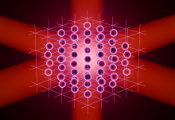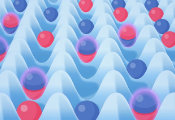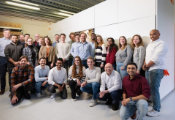Quantinuum and Microsoft Achieve Breakthrough That Unlocks a New Era of Reliable Quantum Computing
Quantinuum and Microsoft have announced a vital breakthrough in quantum computing that Microsoft described as “a major achievement for the entire quantum ecosystem.”
By combining Microsoft’s innovative qubit-virtualization system with the unique architectural features and fidelity of Quantinuum’s System Model H2 quantum computer, our teams have demonstrated the most reliable logical qubits on record with logical circuit error rates 800 times lower than the corresponding physical circuit error rates.
This achievement is not just monumental for Quantinuum and Microsoft, but it is a major advancement for the entire quantum ecosystem. It is a crucial milestone on the path to building a hybrid supercomputing system that can truly transform research and innovation across many industries for decades to come. It also further bolsters H2’s title as the highest performing quantum computer in the world.
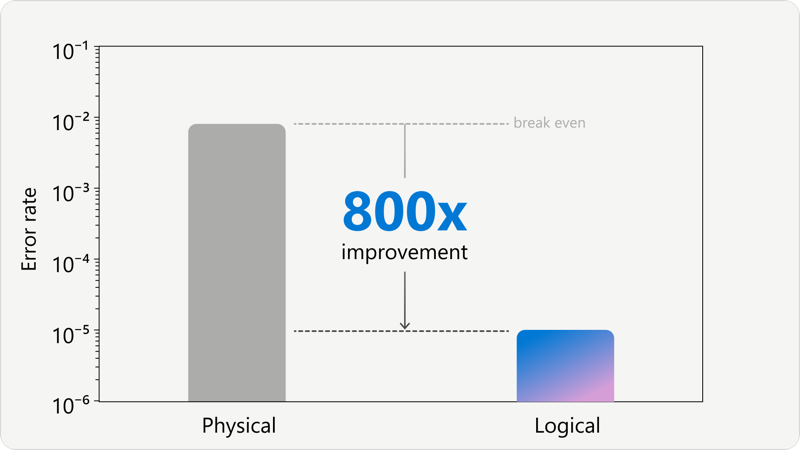
Entering a new era of quantum computing
Historically, there have been widely held assumptions about the physical qubits needed for large scale fault-tolerant quantum computing and the timeline to quantum computers delivering real-world value. It was previously thought that an achievement like this one was still years away from realization – but together, Quantinuum and Microsoft proved that fault-tolerant quantum computing is in fact a reality.
In enabling today’s announcement, Quantinuum’s System Model H2 becomes the first quantum computer to advance to Microsoft’s Level 2 – Resilient phase of quantum computing – an incredible milestone. Until now, no other computer had been capable of producing reliable logical qubits.
Using Microsoft’s qubit-virtualization system, our teams used reliable logical qubits to perform 14,000 individual instances of a quantum circuit with no errors, an overall result that is unprecedented. Microsoft also demonstrated multiple rounds of active syndrome extraction – an essential error correction capability for measuring and detecting the occurrence of errors without destroying the quantum information encoded in the logical qubit.
As we prepare to bring today’s logical quantum computing breakthrough to commercial users, there is palpable anticipation about what this new era means for our partners, customers, and the global quantum computing ecosystem that has grown up around our hardware, middleware, and software.
Collaborating to reach a new era
To understand this achievement, it is helpful to shed some light on the joint work that went into it. Our breakthrough would not have been possible without the close collaboration of the two exceptional teams at Quantinuum and Microsoft over many years.
Building on a relationship that stretches back five years, we collaborated with Microsoft Azure Quantum at a very deep level to best execute their innovative qubit-virtualization system, including error diagnostics and correction. The Microsoft team was able to optimize their error correction innovation, reducing an original estimate of 300 required physical qubits 10-fold, to create four logical qubits with only 30 physical qubits, bringing it into scope for the 32-qubit H2 quantum computer.
This massive compression of the code and efficient virtualization challenges a consensus view about the resources needed to do fault-tolerant quantum computing, where it has been routinely stated that a logical qubit will require hundreds, even thousands of physical qubits. Through our collaboration, Microsoft’s far more efficient encoding was made possible by architectural features unique to the System Model H2, including our market-leading 99.8% two-qubit gate fidelity, 32 fully-connected qubits, and compatibility with Quantum Intermediate Representation (QIR).
Thanks to this powerful combination of collaboration, engineering excellence, and resource efficiency, quantum computing has taken a major step into a new era, introducing reliable logical qubits which will soon be available to industrial and research users.
Understanding today’s error correction breakthrough
It is widely recognized that for a quantum computer to be useful, it must be able to compute correctly even when errors (or faults) occur – this is what scientists and engineers describe as fault-tolerance.
In classical computing, fault-tolerance is well-understood and we have come to take it for granted. We always assume that our computers will be reliable and fault-free. Multiple advances over the course of decades have led to this state of affairs, including hardware that is incredibly robust and error rates that are very low, and classical error correction schemes that are based on the ability to copy information across multiple bits, to create redundancy.
Getting to the same point in quantum computing is more challenging, although the solution to this problem has been known for some time. Qubits are incredibly delicate since one must control the precise quantum states of single atoms, which are prone to errors. Additionally, we must abide by a fundamental law of quantum physics known as the no cloning theorem, which says that you can’t just copy qubits – meaning some of the techniques used in classical error correction are unavailable in quantum machines.
The solution involves entangling groups of physical qubits (thereby creating a logical qubit), storing the relevant quantum information in the entangled state, and, via some complex functions, performing computations with error correction. This process is all done with the sole purpose of creating logical qubit errors lower than the errors at the physical level.
However, implementing quantum error correction requires a significant number of qubit operations. Unless the underlying physical fidelity is good enough, implementing a quantum error correcting code will add more noise to your circuit than it takes away. No matter how clever you are in implementing a code, if your physical fidelity is poor, the error correcting code will only introduce more noise. But, once your physical fidelity is good enough (aka when the physical error rate is “below threshold”), then you will see the error correcting code start to actually help: producing logical errors below the physical errors.
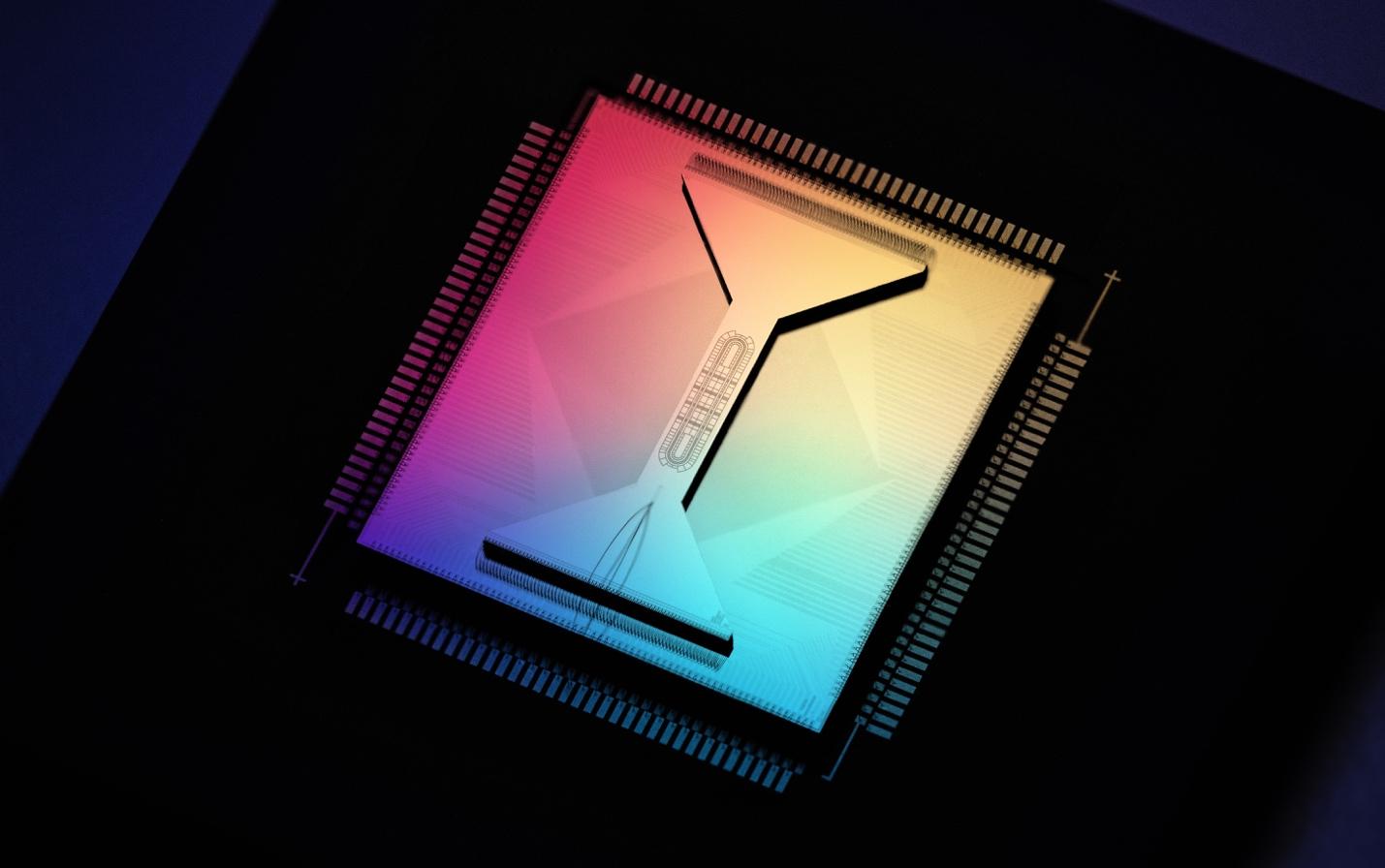
Quantinuum’s fault-tolerance roadmap
Today’s results are an exciting marker on the path to fault-tolerant quantum computing. The focus must and will now shift from quantum computing companies simply stating the number of qubits they have to explaining their connectivity, the underlying quality of the qubits with reference to gate fidelities, and their approach to fault-tolerance.
Our H-Series hardware roadmap has not only focused on scaling qubits, but also developing useable quantum computers that are part of a vertically integrated stack. Our work across the full stack includes major advances at every level, for instance just last month we proved that our qubits could scale when we announced solutions to the wiring problem and the sorting problem. By maintaining higher qubit counts and world class fidelity, our customers and partners are able to advance further and faster in fields such as material science, drug discovery, AI and finance.
In 2025, we will introduce a new H-Series quantum computer, Helios, that takes the very best the H-Series has to offer, improving both physical qubit count and physical fidelity. This will take us and our users below threshold for a wider set of error correcting codes and make that device capable of supporting at least 10 highly reliable logical qubits.
A path to real-world impact
As we build upon today’s milestone and lead the field on the path to fault-tolerance, we are committed to continuing to make significant strides in the research that enables the rapid advance of our technologies. We were the first to demonstrate real-time quantum error correction (meaning a fully-fault tolerant QEC protocol), a result that meant we were the first to show: repeated real-time error correction, the ability to perform quantum "loops" (repeat-until-success protocols), and real-time decoding to determine the corrections during the computation. We were the first to create non-Abelian topological quantum matter and braid its anyons, leading to topological qubits.
The native flexibility of our QCCD architecture has allowed us to efficiently investigate a large variety of fault-tolerant methods, and our best-in-class fidelity means we expect to lead the way in achieving reduced error rates with additional error correcting codes – and supporting our partners to do the same. We are already working on making reliable quantum computing a commercial reality so that our customers and partners can unlock the enormous real-world economic value that is waiting to be unleashed by the development of these systems.
In the short term – with a hybrid supercomputer powered by a hundred reliable logical qubits, we believe that organizations will be able to start to see scientific advantages and will be able to accelerate valuable progress toward some of the most important problems that mankind faces such as modelling the materials used in batteries and hydrogen fuel cells or accelerating the development of meaning-aware AI language models. Over the long-term, if we are able to scale closer to ~1,000 reliable logical qubits, we will be able to unlock the commercial advantages that can ultimately transform the commercial world.
Quantinuum customers have always been able to operate the most cutting-edge quantum computing, and we look forward to seeing how they, and our own world-leading teams, drive ahead developing new solutions based on the state-of-the-art tools we continue to put into their hands. We were the early leaders in quantum computing and now we are thrilled to be positioned at the forefront of fault-tolerant quantum computing. We are excited to see what today’s milestone unlocks for our customers in the days ahead.

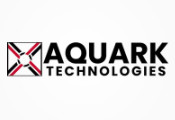
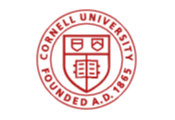
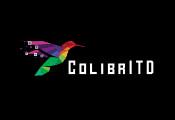
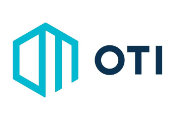
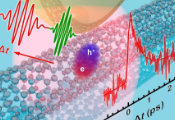
![[VIVATECH] AdvanThink and Quandela Demonstrate the Ability to Integrate Quantum Artificial Intelligence Into Proven Payment Fraud Detection Models](/files/pic/article/cover/2025/06/723594693.jpg)

